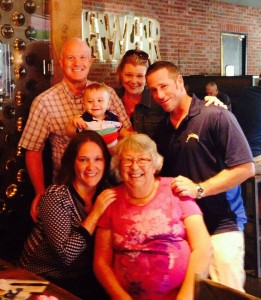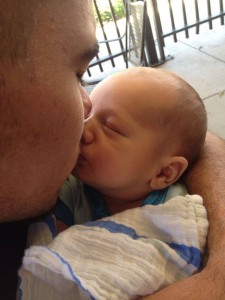 Adoption offers a new life in a new family. New beginnings offer hope for a new future. Adoption indicates a wonderful beginning and time for healing of a child who needs a family. Most of the time adoption includes a wonderful answer for both the parents and the child.
Adoption offers a new life in a new family. New beginnings offer hope for a new future. Adoption indicates a wonderful beginning and time for healing of a child who needs a family. Most of the time adoption includes a wonderful answer for both the parents and the child.
“If it’s too good to be true, it probably is.” Human beings strive to get needs met. Sometimes meeting needs takes longer than expected. When it takes too long (according to expectation) to get the need met one way, ingenuity or opportunity may be used to get the need met a different way. Just as Abraham and Sarah experienced with the birth of Ismael through Sarah’s servant (today her servant would known as a surrogate). We know how that turned out. In the case of a child whose parents or family need rehabilitation, financial assistance, or stability, adoption is a common intervention. In the same way when an infertile person exhausts attempts to become fertile, adoption is a common intervention. Adoption, the panacea for the unmet needs of an “orphan” and infertile person. Not to minimize the amount of money, time, and emotional roller coaster that the adoption process typically entails, this sounds a little too good to be true.
How can meeting the needs of a child through the adoption process be anything but good? How can making parents of someone who has been told they will not be able to conceive or have anymore children be anything but good? When it isn’t good, that’s when. As an adoptive parent shared the other day, “we need far more education than we receive” before completing an adoption. Commonly, adoptive families second guess themselves on whether or not the adoption was a good decision, after the adoption is completed. Second guessing happens when a child doesn’t “feel” like their child; when a child doesn’t behave in a manageable way as a toddler, adolescent, tween or teen; when the realization arises that the child has attachment challenges. Or even when, in an adoption where the information has been shared between the biological family and adoptive family, the adoptive family no longer wants contact. Biological mothers may drop from sight after agreeing to stay in the child’s life. So many variables exist in adoption, and absolutely no guarantees (as with all of life).
How can adoption be a good option when the circumstances require a child to be raised by a nonbiological family? Five ways to know that adoption is a good option.Continue Reading


